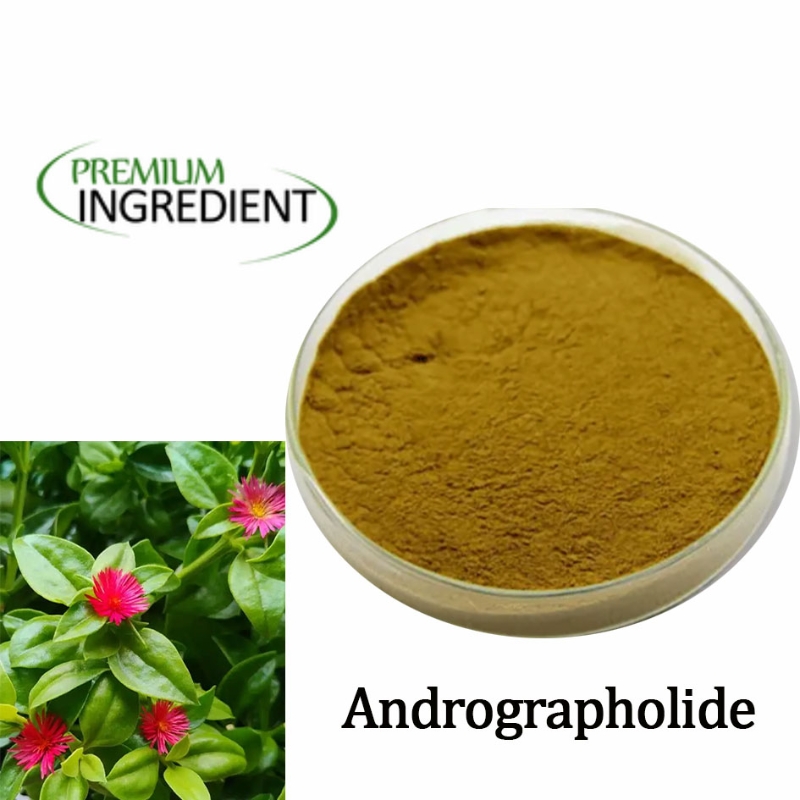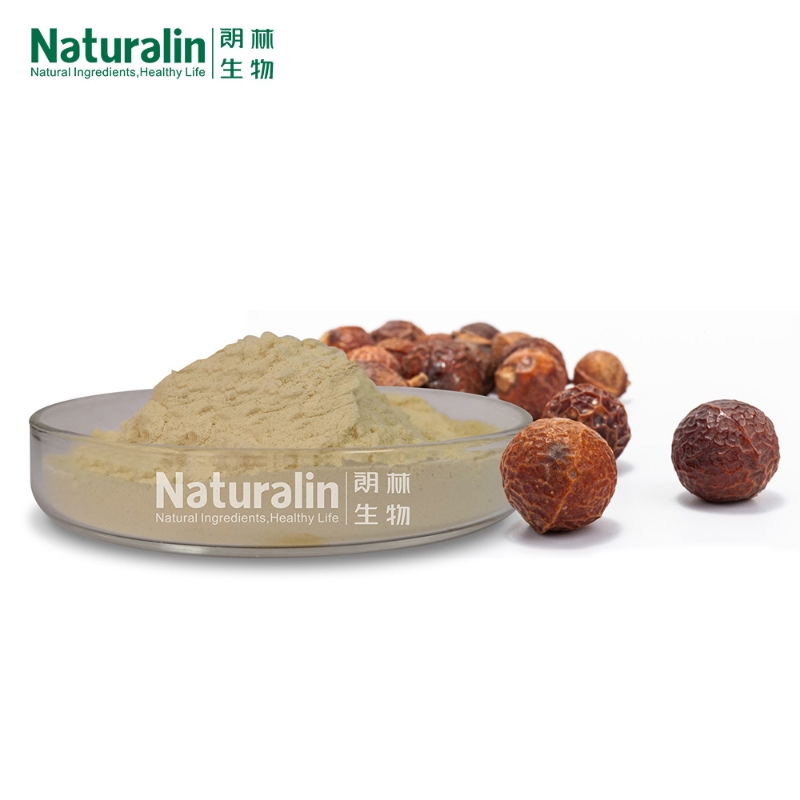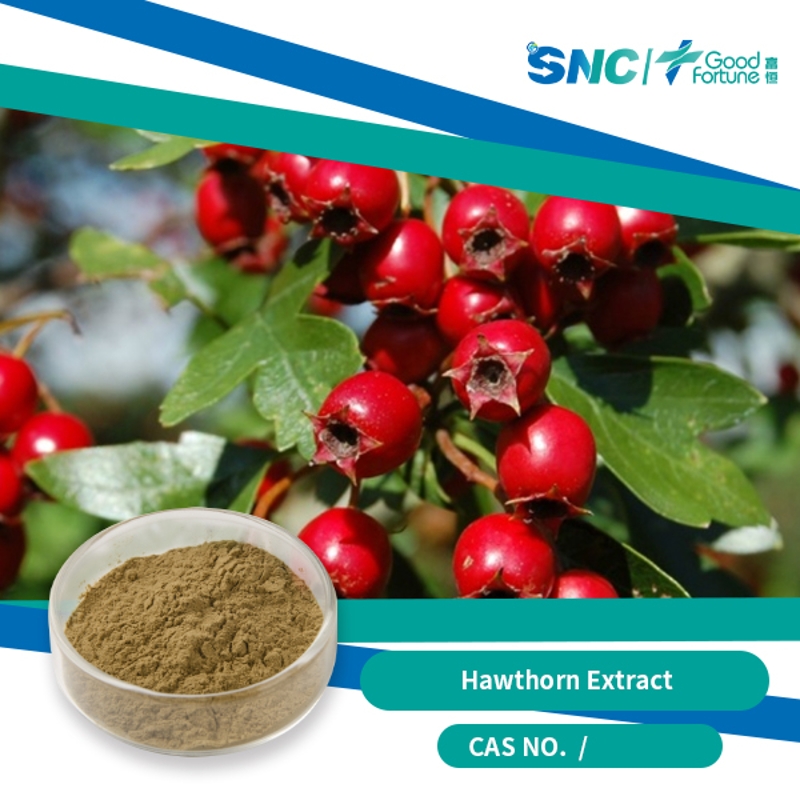-
Categories
-
Pharmaceutical Intermediates
-
Active Pharmaceutical Ingredients
-
Food Additives
- Industrial Coatings
- Agrochemicals
- Dyes and Pigments
- Surfactant
- Flavors and Fragrances
- Chemical Reagents
- Catalyst and Auxiliary
- Natural Products
- Inorganic Chemistry
-
Organic Chemistry
-
Biochemical Engineering
- Analytical Chemistry
-
Cosmetic Ingredient
- Water Treatment Chemical
-
Pharmaceutical Intermediates
Promotion
ECHEMI Mall
Wholesale
Weekly Price
Exhibition
News
-
Trade Service
The analysis of protein–protein interactions is essential for the understanding of the molecular events in enzymatic pathways, signaling cascades, or transport processes in the chloroplast. A large variety of methods are available, which range from qualitative assays allowing for screening for new interaction partners, and semiquantitative assays allowing for a rough description of the interaction between two partners, to quantitative assays that permit detailed determination of kinetic and thermodynamic parameters. We summarize the available technologies, describe their range of applications and pitfalls, and give some examples from chloroplast research. The described techniques are generic and thereby important and useful to study the interaction network of proteins in
Arabidopsis thaliana.
In addition, we refer the reader to detailed protocols published elsewhere for each method.







